Why Trust Matters for Your Organization
Problem: Many organizations struggle with implementing change, even when they recognize its necessity. Resistance to change is often attributed to employees’ unwillingness to adapt, but Dr. Stacy Van Gorp’s research suggests the real barrier is trust—or a lack of it.
Key Takeaways:
- Trust in institutions is a key predictor of employees’ willingness to innovate, even if they are psychologically resistant to change.
- Trust can be measured through reliability, transparency, competence, and benevolence.
- Organizations can enhance trust by focusing on critical moments of change and creating systems that align with employees’ values.
🎧 Listen to the Humans First episode to hear the whole conversation.
Understanding the Role of Trust in Organizational Change
Trust is a crucial yet often overlooked element in driving organizational change and innovation. Dr. Stacy Van Gorp, co-founder of See What I Mean, and an expert in innovation and organizational change, delves into how trust—or the lack thereof—can make or break efforts to innovate and adapt. Her research emphasizes that trust within an organization is a far more powerful predictor of successful innovation than training or leadership style. This mindset has always been integral to the way Visual Logic works with our clients.
How Trust Impacts Change Readiness
Dr. Van Gorp’s research, which surveyed over 300 employees of a large financial institution, uncovered that trust in the institution is the leading predictor of employees’ willingness to innovate. In fact, trust was found to be five times more influential than psychological resistance to change.
Here were some major findings:
- Employees’ trust in the organization directly affects their ability and willingness to innovate.
- Psychological resistance to change is secondary to the level of trust within the institution.
- Organizations with high trust levels can foster innovation even in employees who might initially resist change.
This finding reveals a profound truth: trust is foundational for successful organizational transformation. Organizations that focus on cultivating trust are more likely to see their employees embrace change, even in the most challenging circumstances.
The Many Dimensions of Trust
Dr. Van Gorp’s work identifies several dimensions that contribute to organizational trust. These include:
- Reliability – Do people believe the organization will do what it says?
- Transparency – Is the organization open and honest with its employees?
- Competence – Does the organization demonstrate the skills and knowledge needed to succeed?
- Benevolence – Does the organization genuinely care about its employees’ well-being?
Each of these factors plays a crucial role in how employees experience trust in the workplace. For instance, in industries like healthcare, competence is crucial, while transparency ensures that employees feel informed about organizational decisions.
How to Build Trust in Your Organization: Actionable Strategies
Creating a trust-driven culture requires more than just talking about trust—it demands action. Dr. Van Gorp outlines key strategies for leaders to create an environment that fosters trust:
- Align policies and systems with values: Ensure that organizational practices reflect a commitment to trust, such as transparent communication and fair compensation.
- Design for high-trust moments: Focus on key moments of organizational change—like onboarding or leadership transitions—that can either build or erode trust.
- Lead by example: Leaders must demonstrate trustworthiness through their actions, ensuring they model the behaviors they want to see in others.
The Power of Extending Trust
One of the most powerful insights from Dr. Van Gorp’s research is the idea of extending trust. Leaders often focus on earning trust, but extending it to employees and stakeholders is just as important. When leaders trust their teams, they empower individuals to take ownership, make decisions, and be more vulnerable—ultimately accelerating innovation.
Benefits of Extending Trust in Your Organization:
- Empowers employees to take ownership of projects.
- Encourages vulnerability and open communication.
- Strengthens team collaboration and innovation.
Leaders who extend trust create an environment where employees feel valued and capable, which can lead to greater job satisfaction and performance.
Creating a Trust-Driven Organization: Focus on Key Moments
The key to building and maintaining trust in an organization lies in identifying and capitalizing on high-stakes moments where trust is most fragile. Whether it’s a leadership change, a policy shift, or an employee onboarding experience, these moments hold significant weight in how employees perceive the organization’s trustworthiness.
Dr. Van Gorp suggests that organizations should be intentional about designing these moments to ensure that trust is maintained or enhanced. Aligning policies, actions, and messages during these critical times is essential for long-term success.
Key High-Stakes Moments to Focus On:
- Onboarding new employees
- Transitioning leadership
- Handling employee grievances or conflicts
- Announcing organizational changes
By focusing on these pivotal moments, organizations can create an environment where trust thrives and innovation flourishes.
Conclusion: Why Trust is the Key to Organizational Success
In conclusion, trust isn’t just an intangible value—it’s a strategic asset. Organizations that prioritize trust and understand its complex dimensions can foster innovation, enhance employee engagement, and build a resilient workforce. Leaders who extend trust to their teams and focus on the key moments that matter most will drive successful organizational change and achieve long-term results.
We’re so thankful to have had the opportunity to learn from Stacy Van Gorp. You can learn more about her work here, and if you’re interested in working with a design team that truly gets the impact that healthy and mature organizations have on the products they build, we’d love the opportunity to meet you.













